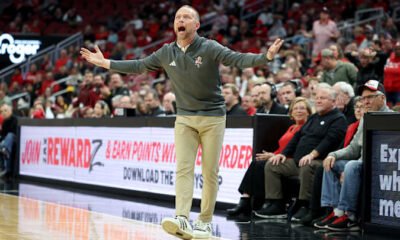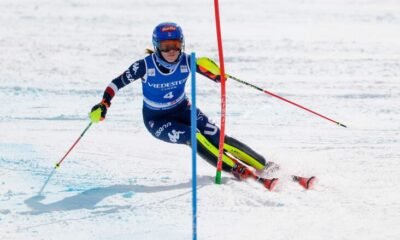Blog
The great accident
Everything was chaotic, with people moving all around in different directions and questions coming nonstop.
I remember trying to focus on my mom’s face to keep myself grounded. At times, I found myself zoning out, almost wanting to just fall asleep, close my eyes, and wake up when everything was okay and there were no problems.
Of course, that’s exactly the opposite of what you should do in those situations, so everyone around me was doing their best to keep me awake and alert. While I just wanted to shut my eyes, they kept trying to engage me —
“Hey Mikaela… how are your shins? Hey, stay with me! How do your shins feel?”
What? My shins? Why?
“Did you lose consciousness? Can you tell me what happened in the crash? Does your head hurt?”
At one point, I told the medics my whole right side wasn’t okay, but I couldn’t really explain what exactly was wrong.
“I can’t move my leg,” I said, “but my knees and feet feel fine.”
“And here,” I pointed to the side of my belly, “something feels wrong here.”
Once we got to the ambulance, I couldn’t tell if the road was really rough or if the shaking and pain just made every bump feel worse. To distract myself, I imagined we were driving over craters on the moon.
When they started cutting off my clothes, that was the moment we saw the blood.
Seeing all that blood changed things — it wasn’t just pain anymore.
That’s when fear really set in.
It turned out whatever had pierced me when I fell didn’t puncture my colon.
It came very close — about a millimeter away, the doctors said. How do they even measure that? If it had punctured, it would have been life-threatening. They talked about fecal matter coming out of the wound being a sign of serious damage, and luckily, that didn’t happen.
Because it wasn’t life-threatening, once the pain eased, I treated my recovery like any other injury. I thought, okay, I’m alive, great — now I just need to give everything I have to get my body back to shape.
I had surgery 12 days after the crash and planned to try competing again before the season ended in winter. That gave me barely six weeks off from skiing.
My main worry was whether that was enough time to rebuild my strength for full-intensity skiing. Once you get back on the snow, your body still needs weeks to adjust to the demands of ski racing.
So, in my head, I ran through the timeline — walking, jogging, core work, strength training, then finally back on the mountain — wondering if I could make it all happen.
I thought it would be tight but straightforward: train hard like always. I’d done it before.
But in reality, I had no clue what challenges awaited me.
-

 Blog5 months ago
Blog5 months agoPat Kelsey sends a strong three-word fiery message to the Louisville basketball’s team after their Cardinals 14th win…
-

 Blog7 months ago
Blog7 months agoNetflix releases “The Underdog,” a much-anticipated documentary about Drew Brees. slated for publication on the 25th
-

 Blog5 months ago
Blog5 months agoMikaela Shiffrin responds to cross-country skier Jessie Diggins’ letter following her failure to secure a solitary podium finish at the FIS Nordic Worlds
-

 Blog3 months ago
Blog3 months agoBehind the Turns: Netflix’s Upcoming Documentary on Mikaela Shiffrin’s Fights, Fears, and Love
-

 Blog4 months ago
Blog4 months agoLegacy Tour Led Zeppelin has officially confirmed their 2026 reunion tour, which will be their first extensive live performances since 2007. The “Led Zeppelin Legacy Tour 2026” will begin on June 10, 2026, at Los Angeles’ SoFi Stadium.
-

 Blog5 months ago
Blog5 months agoWomen’s Slalom Run 1 at the FIS Alpine Skiing World Cup: Are
-

 Blog5 months ago
Blog5 months ago“Courtside to Aisle-Side: Tyrese Haliburton and Jade Jones Set New Wedding Date”
-

 Blog7 months ago
Blog7 months agoFederica Brignone: “I’m fine, but my return to skiing is far off.”
